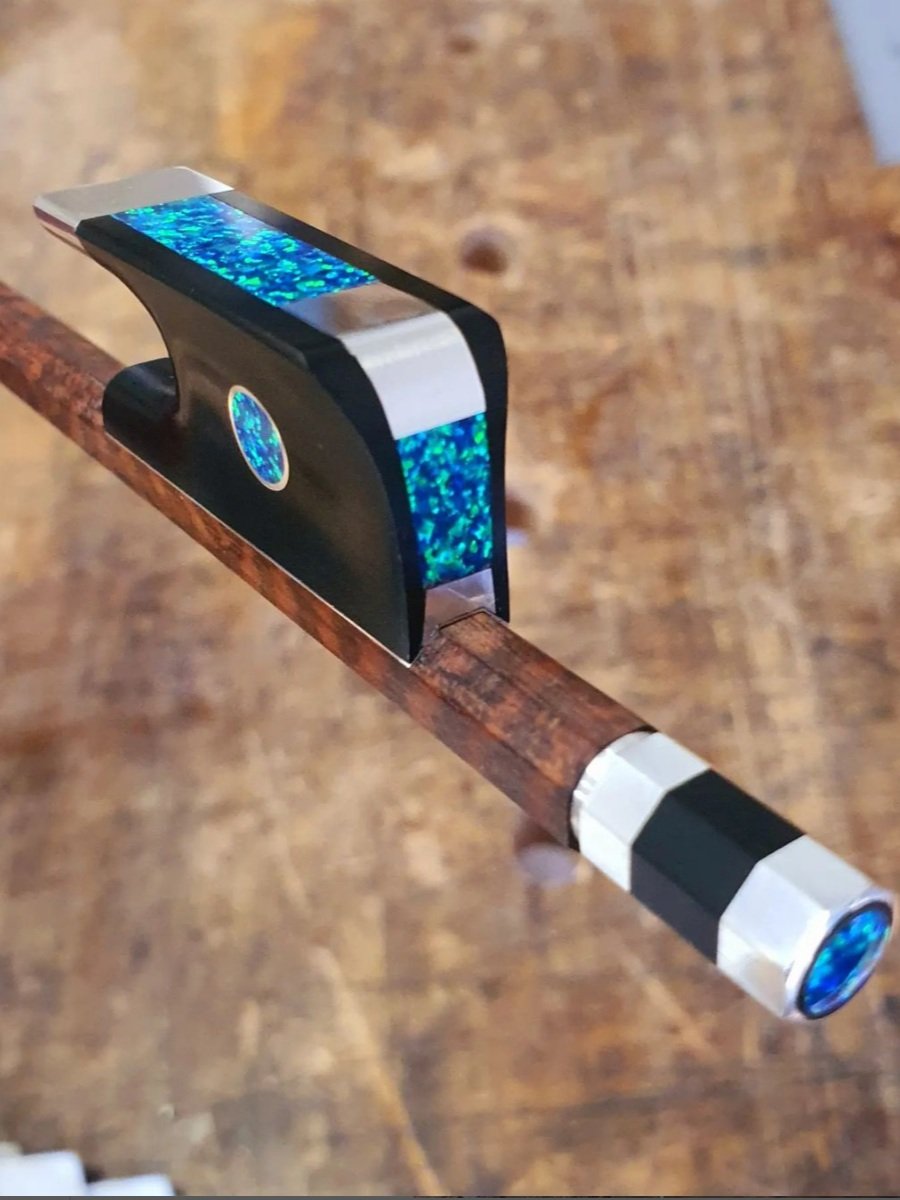What makes a great bow?
Georgia Sutton
A Philip Smith bow will deliver the desired sound, weight and balance, materials and construction, appearance, and comfort.
As a musician and maker, Philip understands that the bow is essential for producing the desired sound. Eachhliip Smith bow is crafted to your specifications to ensure responsiveness, the clarity and projection of the sound it produces, and how well it articulates different musical phrases.
Read More

















